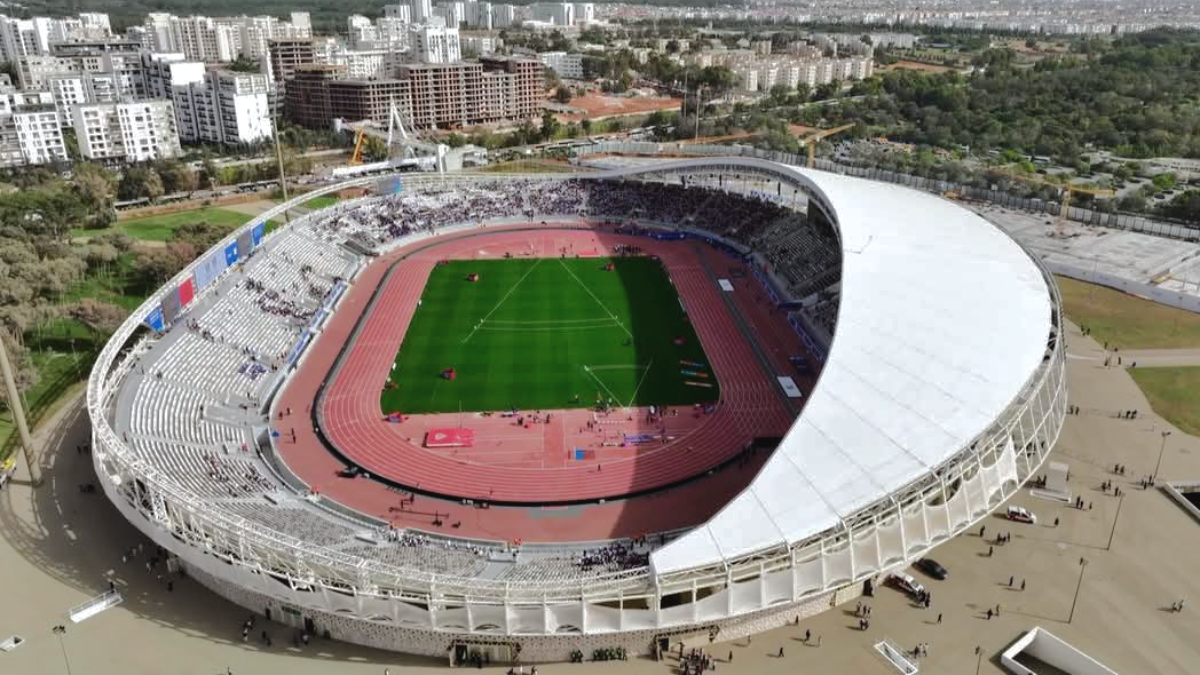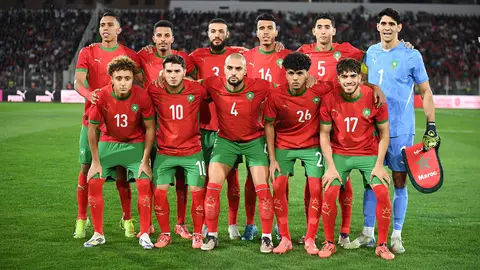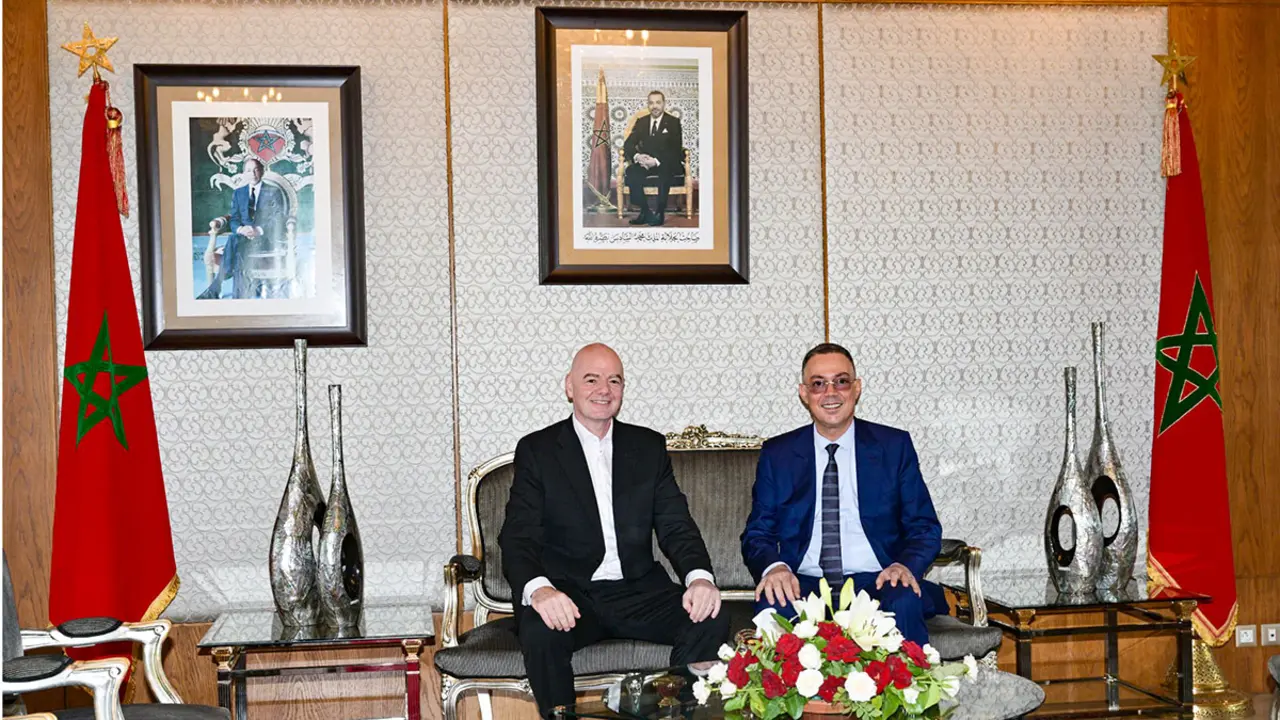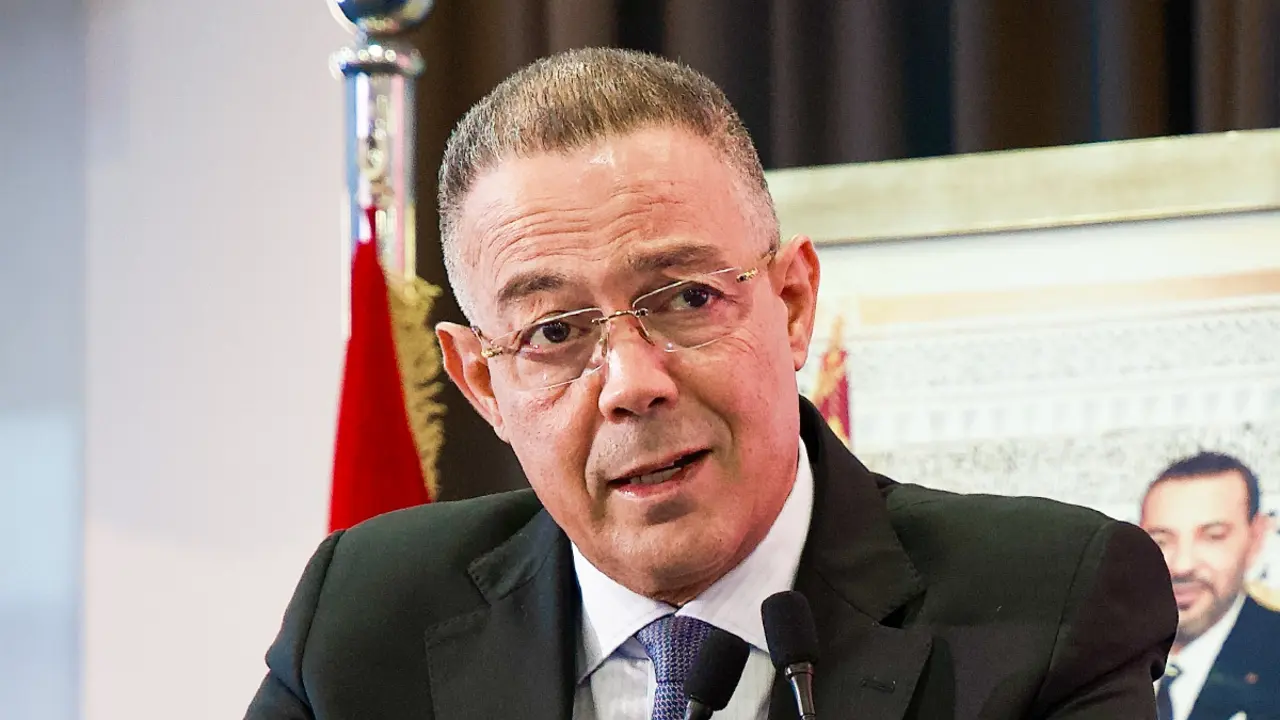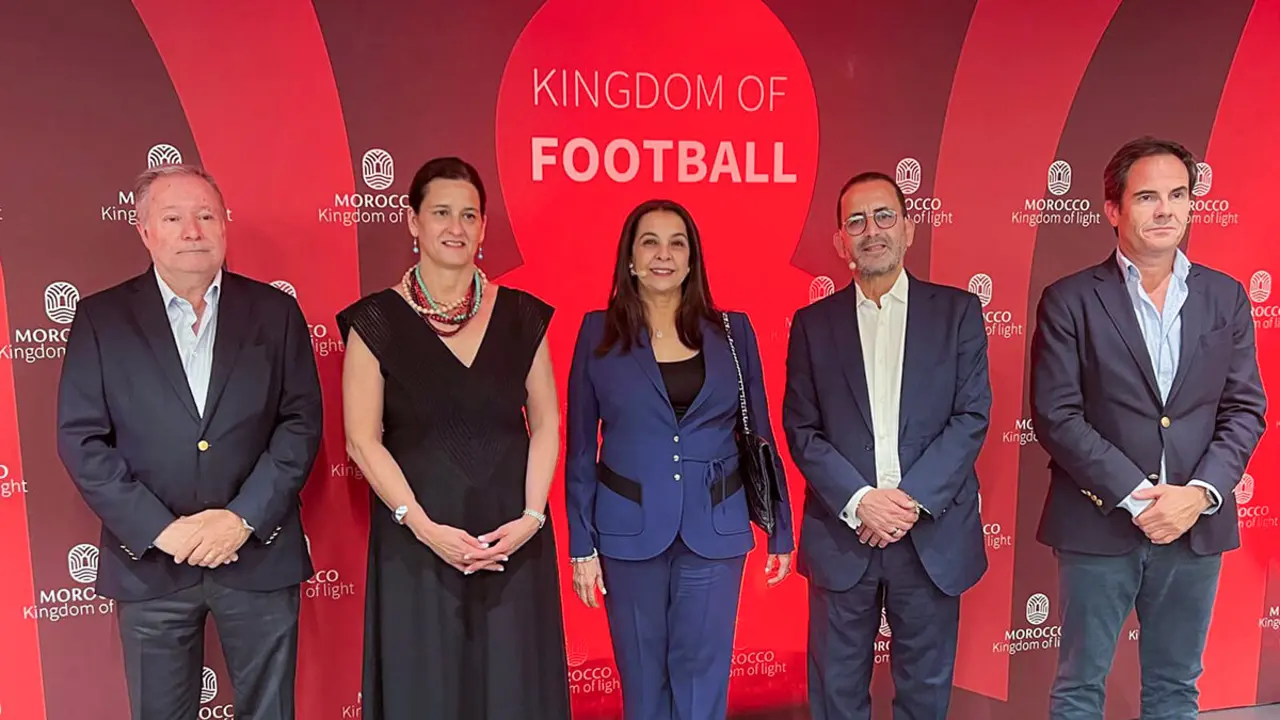Morocco finalises details for a world-class AFCON 2025: this is how its stadiums are shaping up
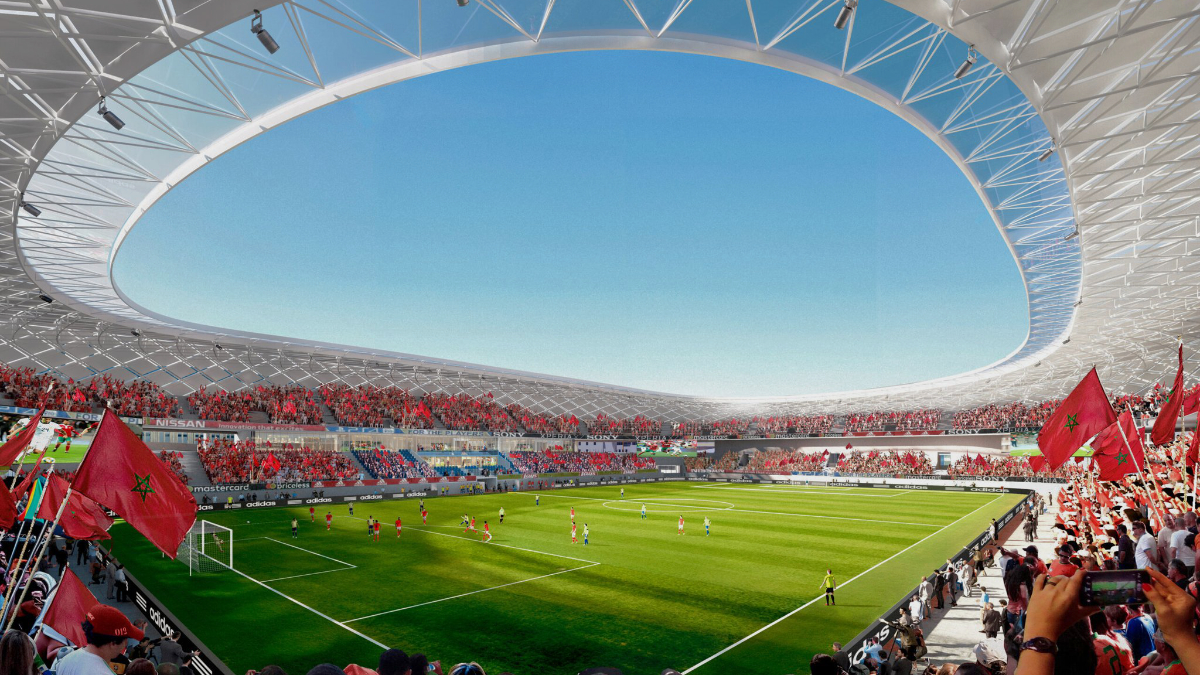
- Moulay El Hassan Stadium
- Ibn Battuta Stadium
- Mohammed V Stadium
- Adrar Stadium
- Grand Stade de Marrakech
- Fez Stadium
- Al Barid Stadium
- Olympic Stadium
Morocco is the country entrusted by Africa's leading sporting bodies with the organisation of the Africa Cup of Nations, the continent's premier sporting event, and the 2030 World Cup, which it is co-hosting with Spain and Portugal. This gives the country the opportunity to showcase, not only to the African continent, its capacity for infrastructure development and the talent of the Atlas Lions national team, the first team to reach the World Cup semi-finals.
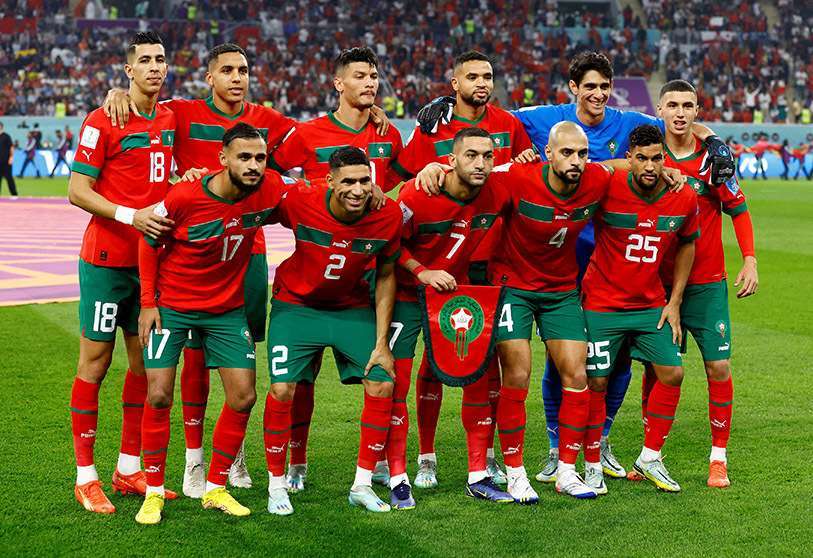
Nine stadiums have been selected for this purpose, some of which are already ready and others are expected to be completed before 21 December, when the referee will kick off the Africa Cup of Nations at the Moulay Abdellah Stadium in Rabat. Located in the country's six main cities, the stadiums will soon be the centre of football on the continent.
The president of the Moroccan Football Federation, Fouzi Lekjaa, has assured that all the stadiums will be ready before September. Although some experts believe that certain venues, such as Ibn Battuta and Moulay Abdellah, will need between six and eight more weeks, the political and technical commitment is to ensure that the competition lives up to the country's commitment to organising the event and serves as a prelude to the 2030 World Cup.
Moulay El Hassan Stadium
Located in the country's capital, the Moulay El Hassan Stadium, named after the son of the King of Morocco, Mohammed VI, Crown Prince Moulay El Hassan, has a capacity of 45,800 spectators following the renovation work carried out due to its designation as a venue for the 2025 Africa Cup of Nations and the 2030 World Cup.
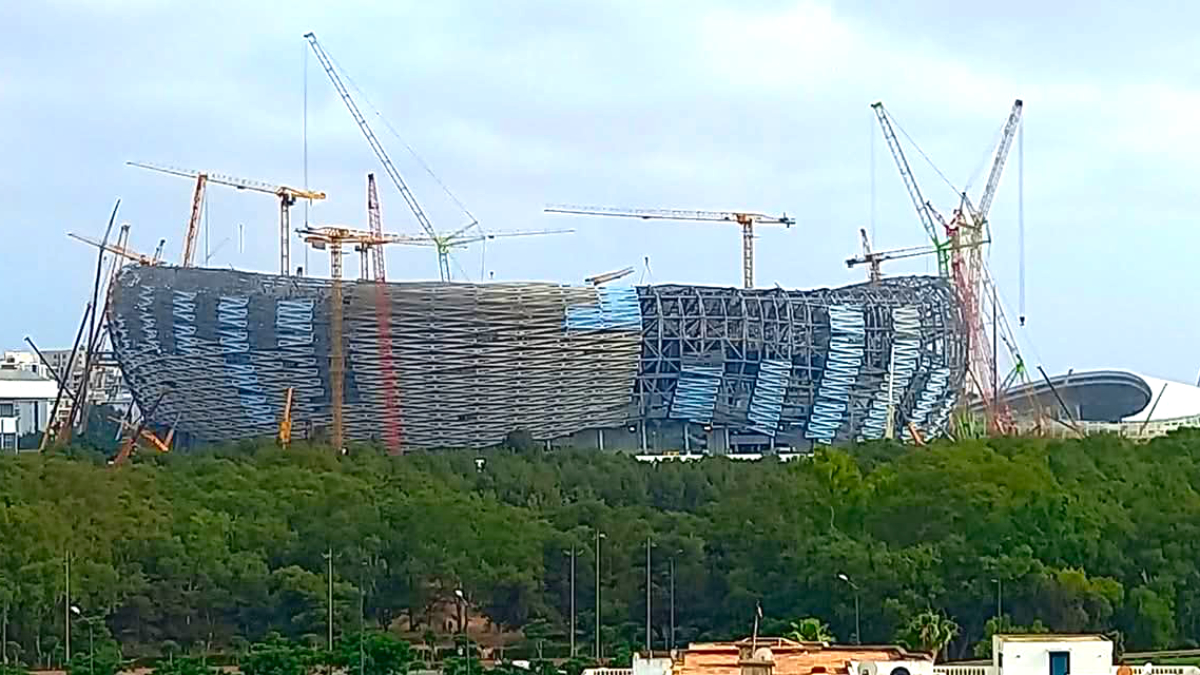
Currently, work is 90% complete, with the roof structure already in place and only the exterior cladding remaining to be completed. The turf has already been laid and the LED screens and changing rooms are the last details to be completed before the Moulay El Hassan Stadium can officially open its doors.
A unique feature of the stadium is that it will host Morocco's first match of the tournament, and if the national team advances, it will play all of its knockout matches at the same venue.
However, this will not be the first official competition to be played there, as in July this year it will host the Diamond League athletics meeting, which demonstrates its great versatility for hosting sporting events beyond football. Before the renovation, the stadium had already successfully hosted athletics competitions such as the African Athletics Championships and World Cup qualifying matches.
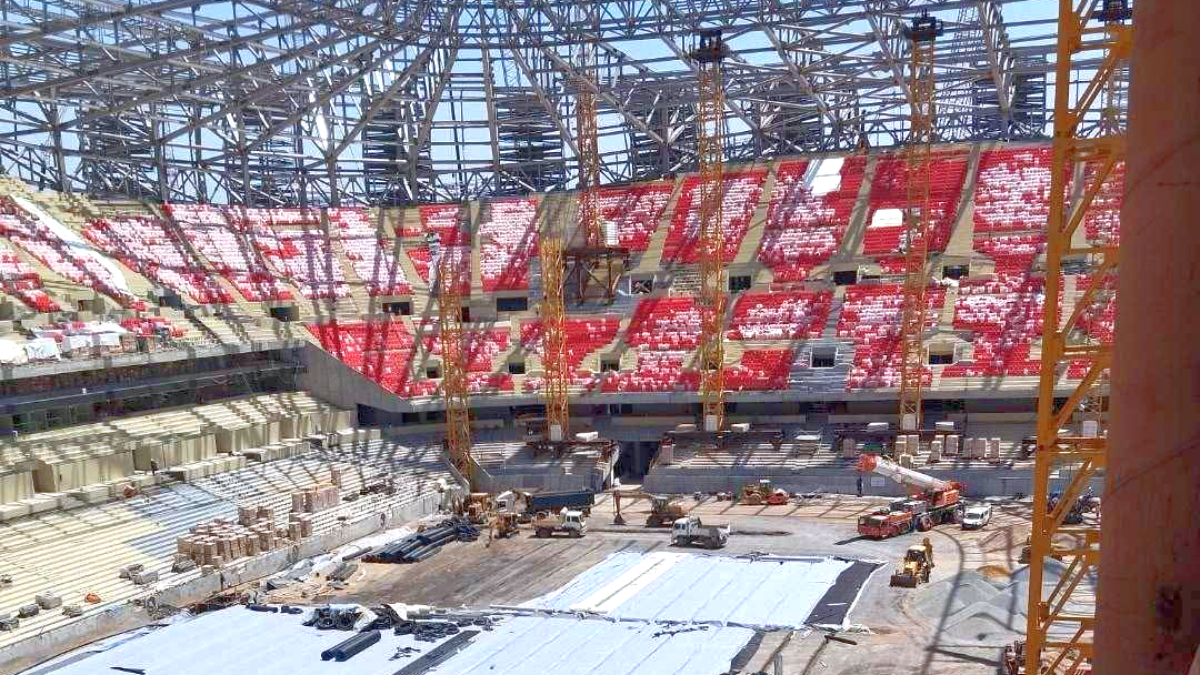
Ibn Battuta Stadium
The Ibn Battuta Stadium, located in Tangier, one of the continent's most important economic hubs and with one of the most developed ports, has one of the most modern structures in the country.
At the time of writing, work is 70% complete. The pitch is finished, with natural grass being laid in the coming weeks, while the stadium roof is still to be installed.
This stadium is one of the best known internationally, as it hosted the 2018 Spanish Super Cup final between Sevilla and Barcelona, as well as a large number of international friendlies.
The work is expected to be completed in July this year, with the possibility of an extension into August due to the region's weather conditions, which are hampering the work. Once completed, it is expected to be one of the most impressive stadiums in the country due to its modernity.
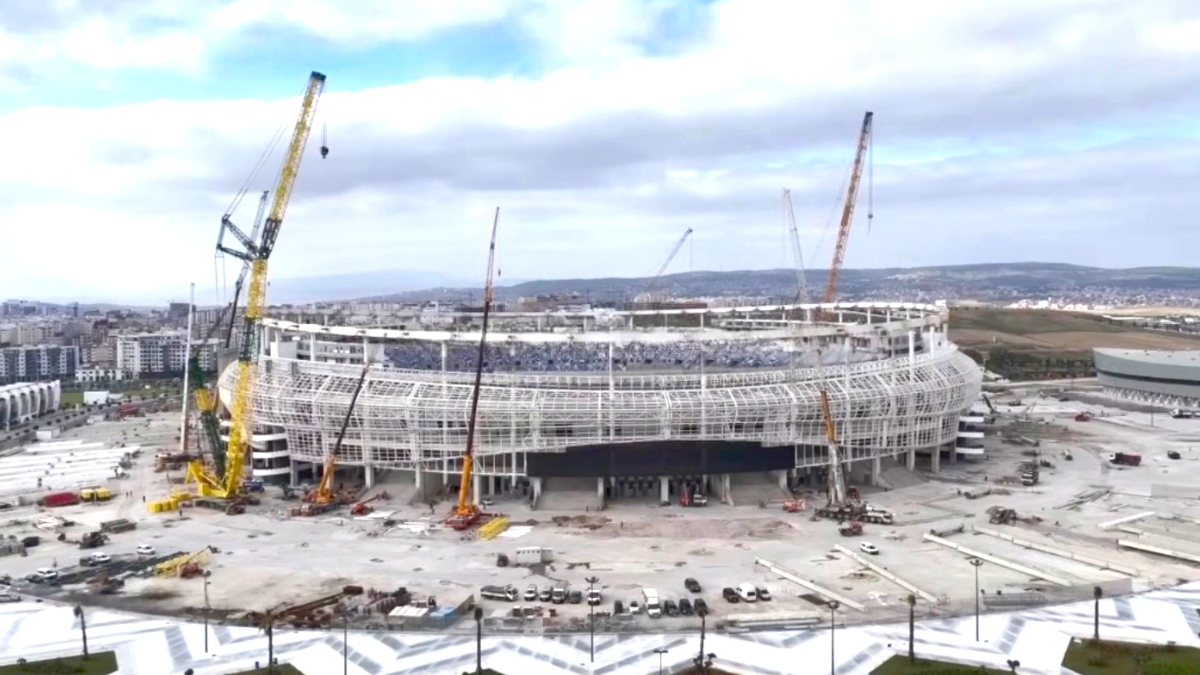
Mohammed V Stadium
Located in the coastal city of Casablanca, the Mohammed V Stadium is considered part of the country's sporting history. Opened in 1955, the stadium has been remodelled several times to meet the requirements of organisations such as CAF and FIFA for stadiums to host major international events.
It has a capacity of over 45,000 spectators and is home to the country's most important teams: Wydad AC and Raja Casablanca. As such, it hosts one of the most intense derbies on the African continent, attracting fans from all over the country.
Following its latest refurbishment, the stadium has been in operation since April. It has hosted the 1988 African Cup of Nations, the CAF Champions League and national team matches.
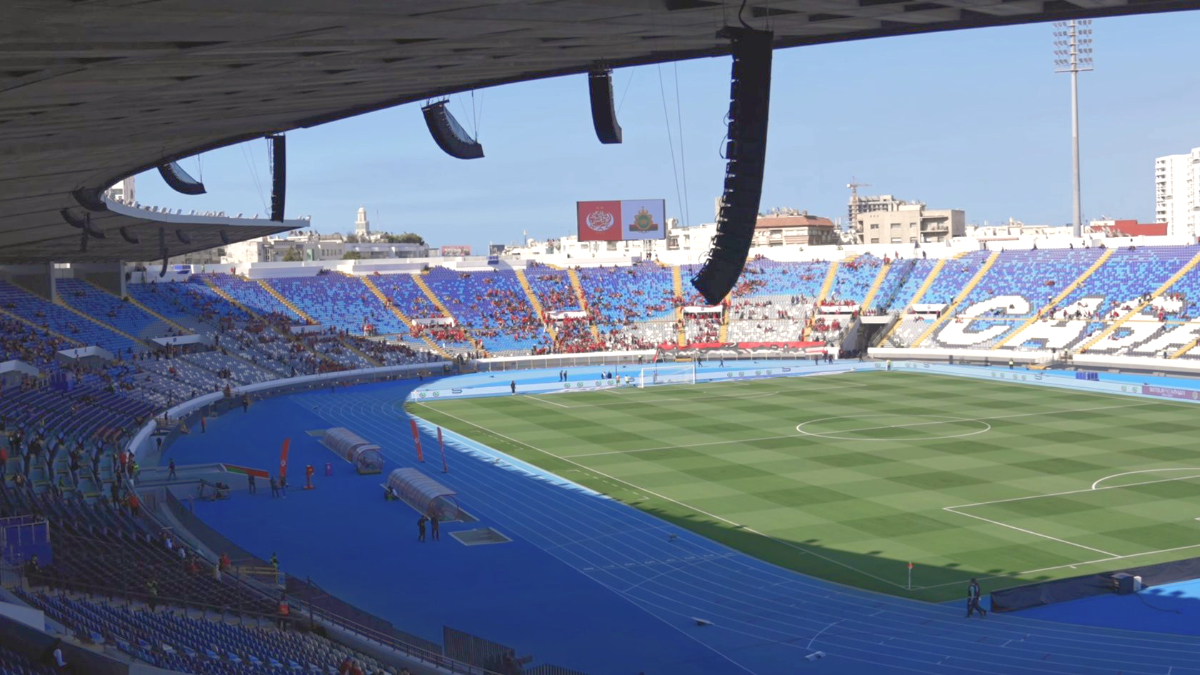
Adrar Stadium
The Adrar Stadium, in the southern city of Agadir, can hold more than 45,000 spectators. Built in 2013 to host the Club World Cup that same year, the stadium will host eight matches during the African Cup of Nations, which kicks off on 21 December this year. The stadium was inaugurated on 31 May.
The Adrar Stadium is one of the few stadiums whose construction has already been completed. It combines coastal landscapes with a modern design, making it one of the most visited attractions for tourists visiting the city of Agadir.
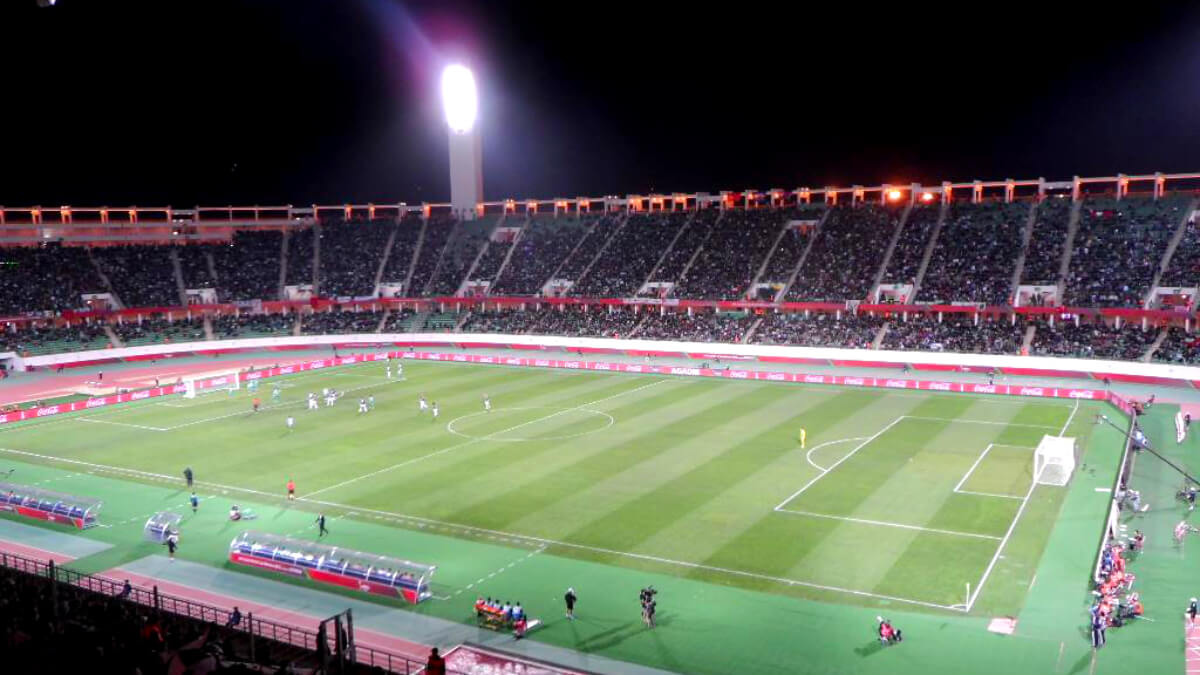
Grand Stade de Marrakech
Located in the city of Marrakech, the Grand Stade de Marrakech is completely ready for competition.
With a capacity of approximately 65,000 spectators, it has hosted numerous international and local matches since its inauguration in 2011.
It has subsequently hosted matches in the 2013 and 2014 Club World Cups and African Champions League matches. In addition to its football use, this stadium has hosted cultural events and concerts.
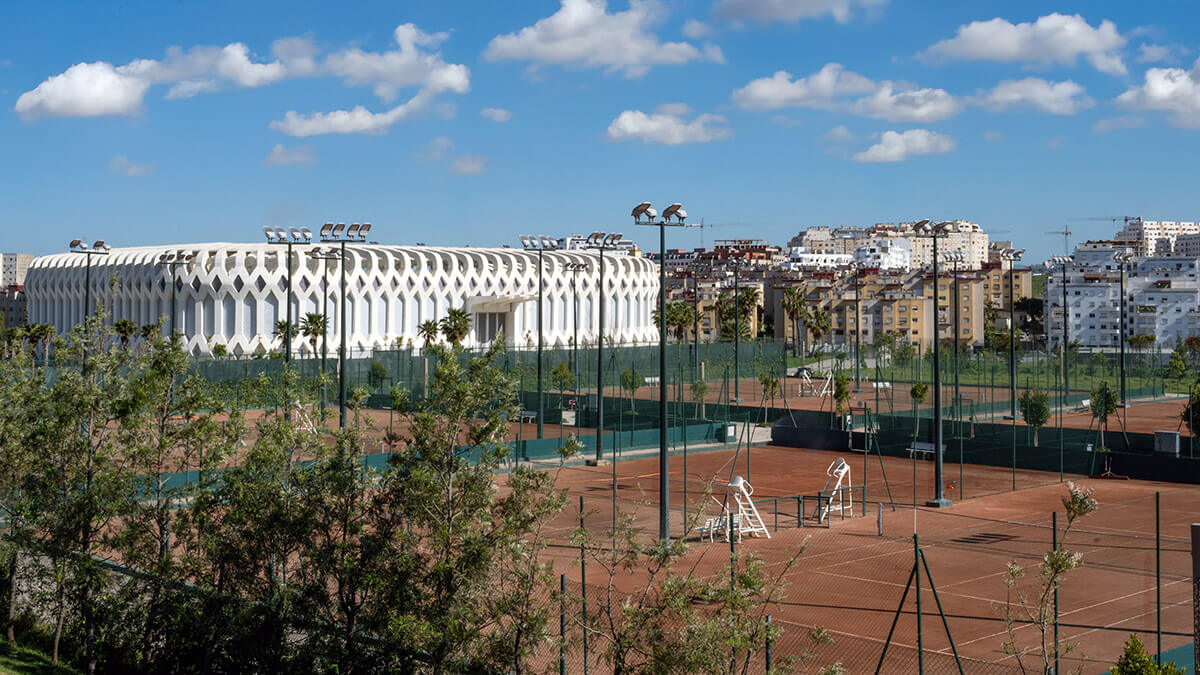
Fez Stadium
The Grand Stade de Fès, with a capacity of 45,000, is also 100% ready. For its inauguration, the AFCON has organised a friendly match on 6 June between the national teams of Morocco and Tunisia.
The stadium, whose construction was completed in 2007, is located in the city centre and is the home ground of the city's most important team, Maghreb de Fez. In recent years, the stadium has undergone several renovations that have made it one of the most comfortable stadiums for fans today.

Al Barid Stadium
Still under development, the Al Barid Stadium in Rabat is 60% complete. Work is focusing on the installation of the roof, a necessary step before the turf and seats can be installed.
Work is expected to be completed in September 2025, just in time for the CAF to carry out the tests that all venues wishing to host matches in its competitions must pass. According to the Royal Moroccan Football Federation, this stadium is one of the country's major sporting investments.
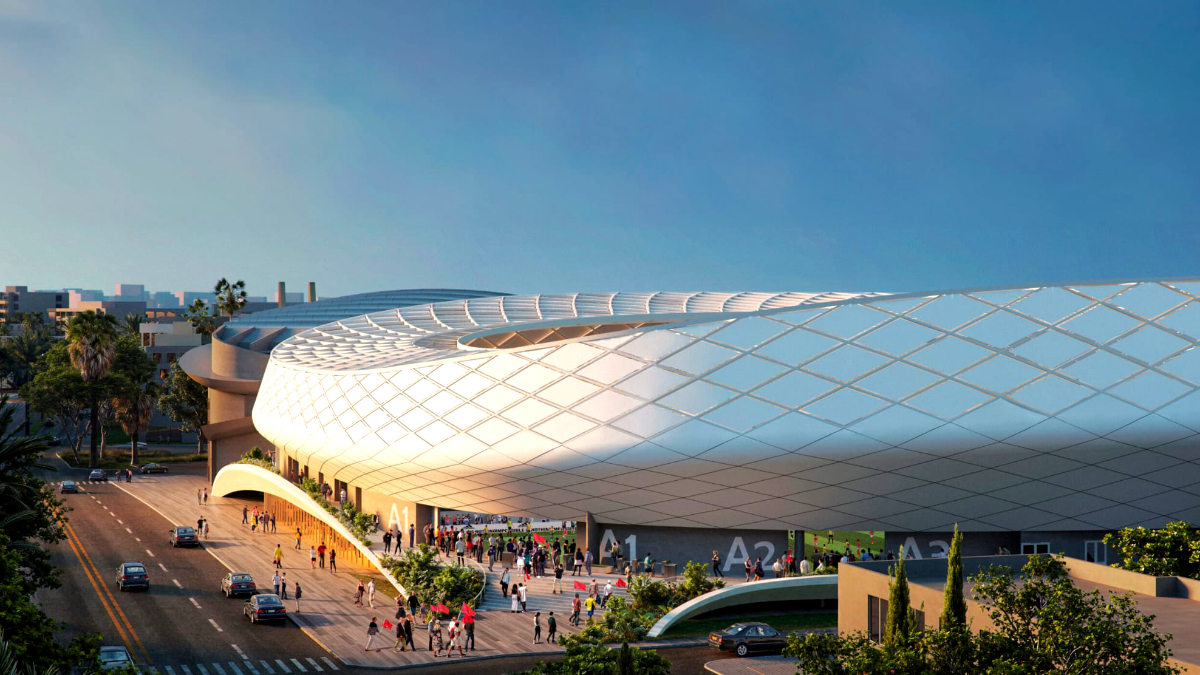
Olympic Stadium
Finally, the Rabat Olympic Stadium will be the smallest venue in the tournament, with a capacity of 21,000 spectators. However, despite its limited capacity, as it was built to host athletics competitions, it has been the venue for matches in the lower categories of the national team and has hosted international athletics events such as the Diamond League, which began on 25 May.
With construction work almost complete, the stadium will host three group stage matches of the Africa Cup of Nations.
